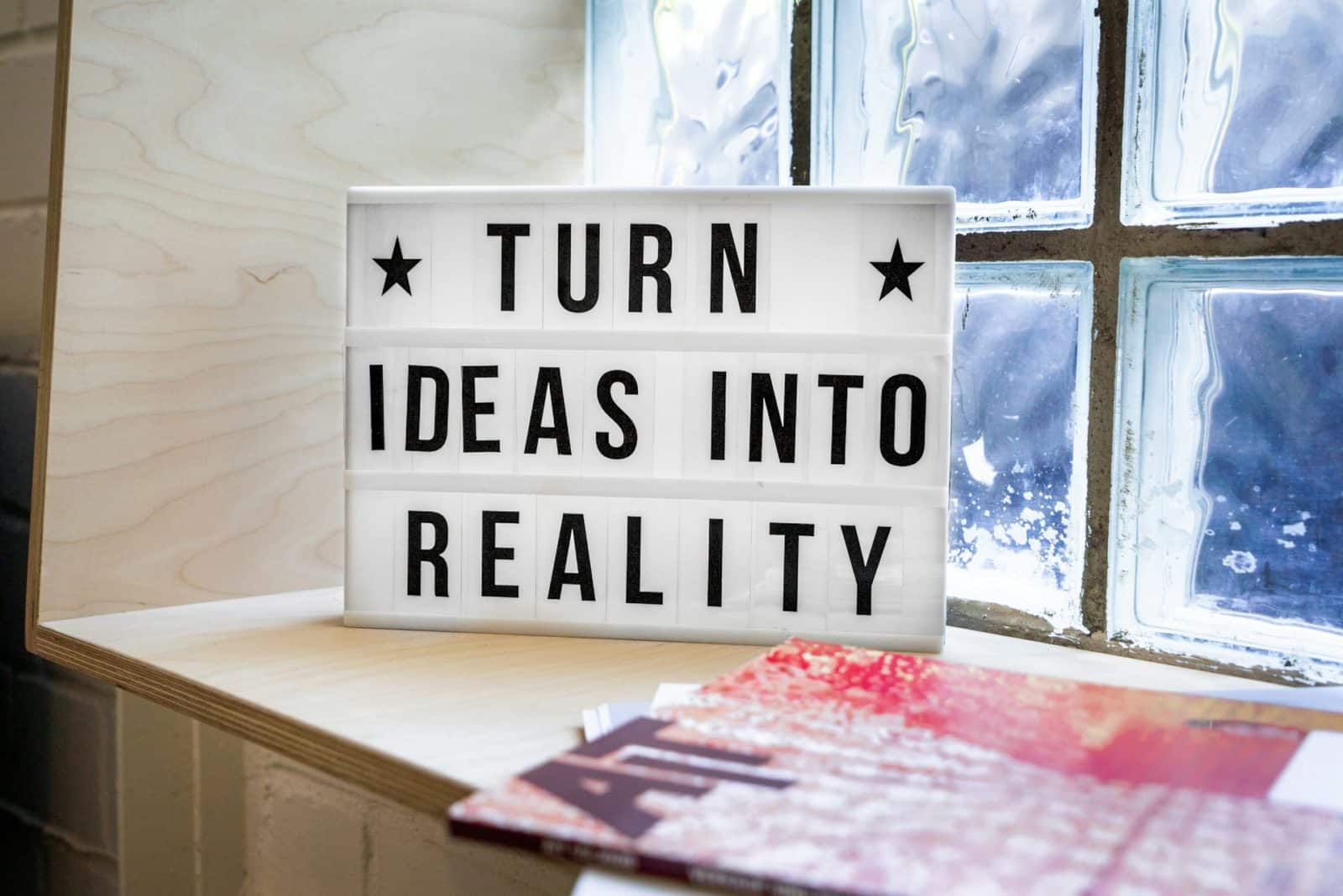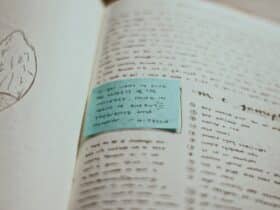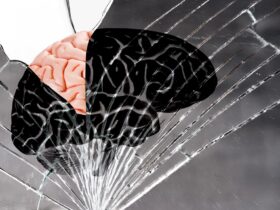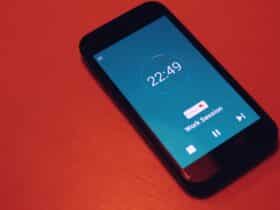In the bustling digital era, where screens are gateways to our professional and personal worlds, staying organized is more crucial than ever. This is where GTD (Getting Things Done) wallpapers step in, offering a unique blend of aesthetics and productivity. GTD, a time management method developed by David Allen, is designed to reduce stress and increase efficiency by organizing tasks in a manageable way.
GTD wallpapers, which embody this methodology, are not just visually appealing but also serve as a constant reminder of your organizational goals right on your desktop. They blend the principles of GTD with the everyday functionality of your computer, turning your desktop into a hub of productivity and inspiration.
Key Takeaways
- GTD wallpapers incorporate elements of the GTD methodology into their design, serving as a visual cue to stay organized and focused.
- They can be customized to suit individual preferences and needs, making them a versatile tool for personal and professional use.
- Using a GTD wallpaper can lead to reduced stress and improved efficiency by keeping important tasks and principles in sight.
The GTD Methodology: A Brief Overview
Getting Things Done, a time management method developed by David Allen, is centered around the principle of moving planned tasks and projects out of the mind by recording them externally and breaking them into actionable work items. This approach helps reduce stress and mental clutter, making it easier to focus and complete tasks efficiently.
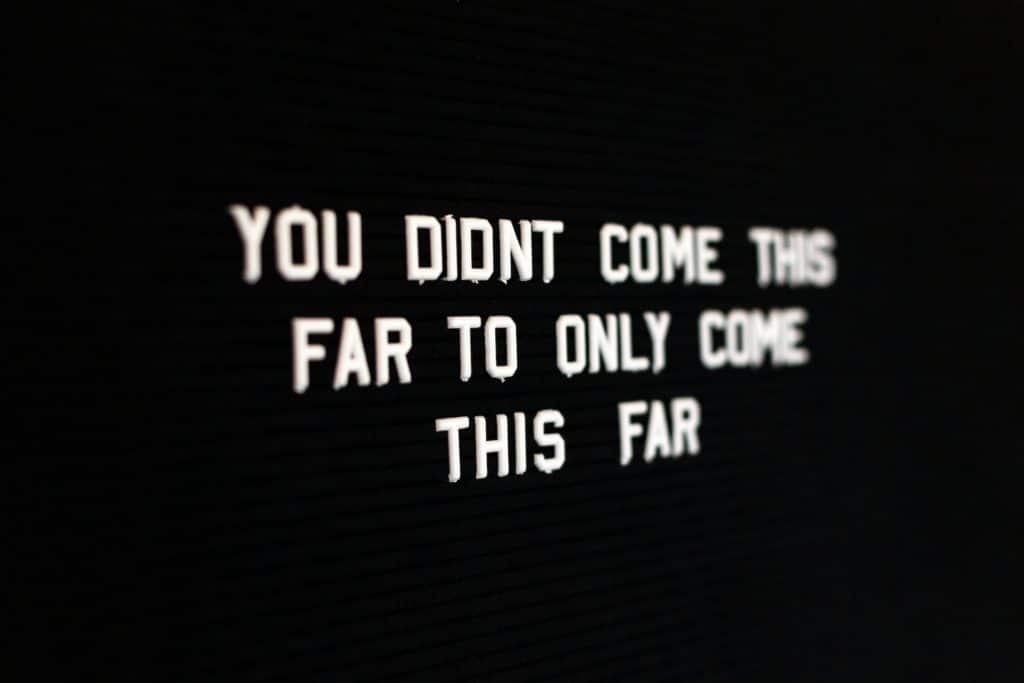
The GTD method consists of five key steps: Capture, Clarify, Organize, Reflect, and Engage. By following these steps, individuals can manage their tasks more effectively and boost their productivity.
The Capture phase involves gathering every task or idea that comes to mind. Clarify then processes these items into actionable steps. Organize assigns these tasks to categories and priorities. Reflect requires regular review of the task list to ensure it remains relevant and manageable.
Finally, Engage involves the actual doing of the tasks. Implementing this methodology not only helps in managing tasks efficiently but also in reducing the cognitive load, allowing the brain to focus on the task at hand without the distraction of trying to remember everything.
Design and Utility of GTD Wallpapers
GTD wallpapers are designed to visually represent these principles on your desktop. These wallpapers often feature sections or zones dedicated to different categories, such as “To-Do,” “In Progress,” and “Completed.”
They may also include motivational quotes or reminders aligned with the GTD philosophy. The utility of these wallpapers lies in their constant visibility. Every time you glance at your screen, you’re reminded of your tasks and priorities, reinforcing the GTD methodology’s principles in a subtle yet powerful way. This visual cue is an effective way to maintain focus and keep track of ongoing projects.
The design of these wallpapers can vary from simple and minimalist to more elaborate and artistic, depending on the user’s preference. Some may include time-tracking elements, or areas designated for short-term and long-term goals, enhancing the wallpaper’s utility as a tool for both immediate task management and long-term planning.
Customizing GTD Wallpapers
One of the most significant advantages of GTD wallpapers is their customizability. Users can choose designs that resonate with their personal style and work needs. Customization can range from selecting color schemes and layouts to adding specific sections tailored to one’s workflow.
Some people might prefer a minimalist design with few sections, while others might opt for more detailed wallpapers with multiple categories and visual cues. The process of customization also allows users to engage more deeply with their task management, as they can tailor the wallpaper to fit their specific work habits and preferences. This can include setting up different zones for personal and professional tasks, or integrating calendar widgets and to-do lists directly into the wallpaper.
The possibility of integrating productivity apps directly into these wallpapers, such as linking task lists from applications, further enhances their functionality.
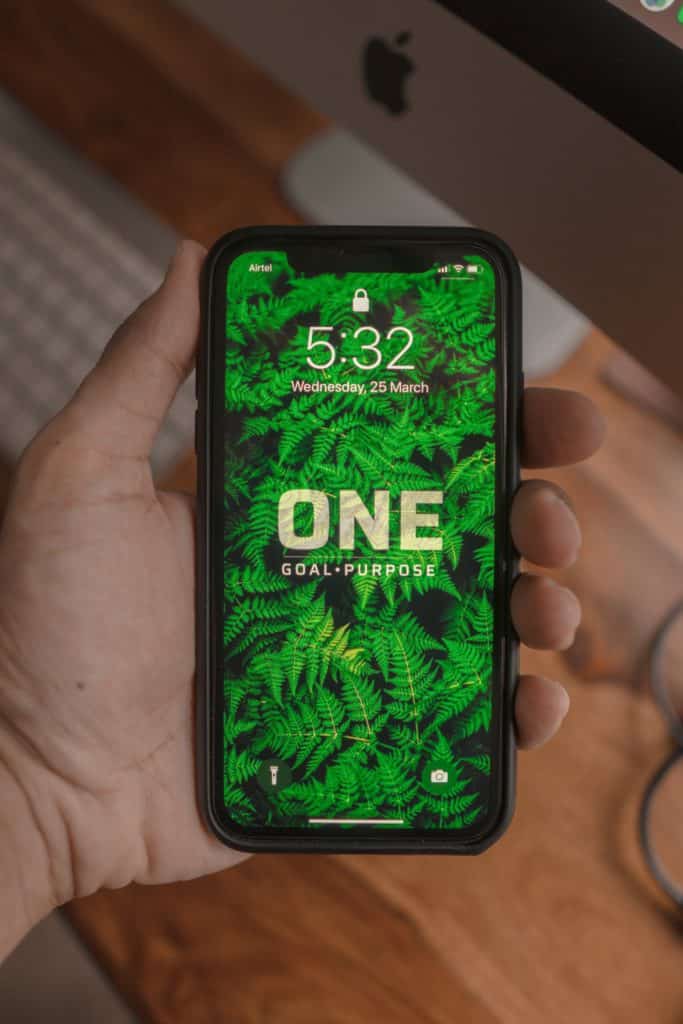
Impact on Productivity and Stress Management
Adopting a GTD wallpaper can have a profound impact on both productivity and stress levels. By having a constant visual reminder of their tasks, users can better organize their work, leading to increased productivity. This organizational clarity can also significantly reduce the stress associated with juggling multiple tasks and deadlines. Furthermore, a well-organized and visually appealing workspace, even a digital one, can contribute to a more calming and focused work environment.
The psychological benefits of having a well-organized and personalized workspace cannot be understated. It can lead to a sense of control and competence, reducing anxiety and improving overall mental well-being. Additionally, the act of regularly updating and maintaining the GTD wallpaper itself can become a mindful exercise, helping users to stay grounded and present, further contributing to stress reduction.
Conclusion
In conclusion, GTD wallpapers are not just a decorative element for your digital workspace; they are a testament to the fusion of art and functionality. By incorporating these wallpapers into your daily routine, you embrace a visually stimulating environment that constantly nudges you towards better organization and productivity.
The beauty of GTD wallpapers lies in their ability to be both a personal statement and a functional tool, bridging the gap between aesthetics and efficiency. Whether you are a seasoned professional or just starting on your organizational journey, a GTD wallpaper can be a simple yet powerful ally in your quest for a more organized, stress-free, and productive life.









